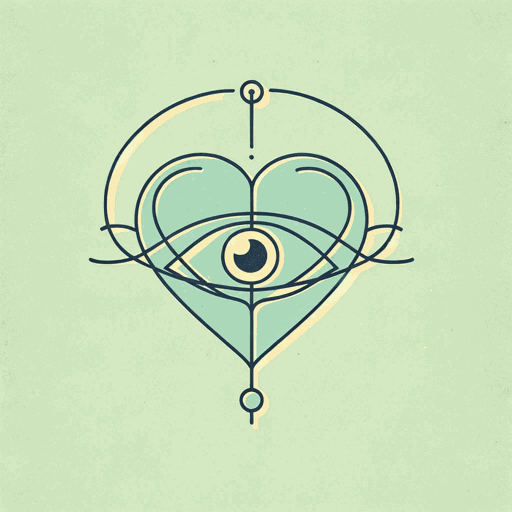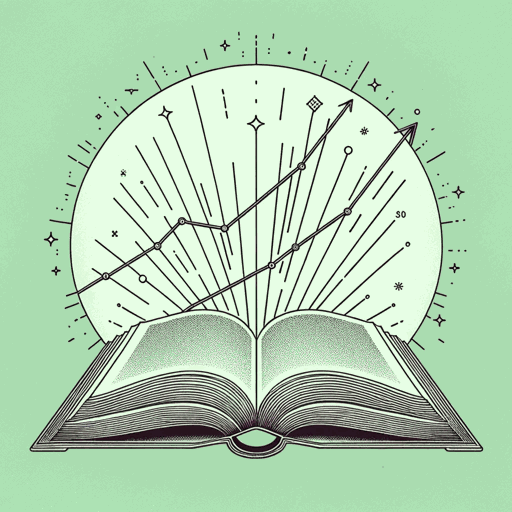52 pages • 1 hour read
Adam SmithThe Theory of Moral Sentiments
Nonfiction | Book | Adult | Published in 1759A modern alternative to SparkNotes and CliffsNotes, SuperSummary offers high-quality Study Guides with detailed chapter summaries and analysis of major themes, characters, and more.
Parts 4-5Chapter Summaries & Analyses
Part 4: “Of the Effect of Utility upon the Sentiment of Approbation” - Part 5: “Of the Influence of Custom and Fashion upon the Sentiments of Moral Approbation and Disapprobation”
Part 4, Chapter 1 Summary: “Of the Beauty which the Appearance of Utility bestows upon all the Productions of Art, and of the extensive Influence of this Species of Beauty.”
An object might have utility, a usefulness that promotes some measure of convenience, and for this reason we might regard said object as beautiful, but it is often the “fitness” of the object that excites our admiration and renders it “more valued, than the end for which it was intended” (168). A watch that keeps excellent time, for instance, is admired more for its “perfection” than for the punctuality it promotes (169).
Part 4, Chapter 2 Summary: “Of the Beauty which the appearance of Utility bestows upon the Characters and Actions of Men; and how far the Perception of this Beauty may be regarded as one of the original Principles of approbation.”
As we admire objects more for their fitness than for their utility, so too do we approve of a man’s actions when they appear fit and proper, not when they appear merely useful. Indeed, “the sentiment of approbation always involves in it a sense of propriety quite distinct from the perception of utility” (176). When we exercise self-command, for instance, we are pleased not only because our act of restraint might prove useful to us in the future but also because “the sentiments which influence our conduct seem exactly to coincide with those of the spectator” (177).
Related Titles
By Adam Smith


